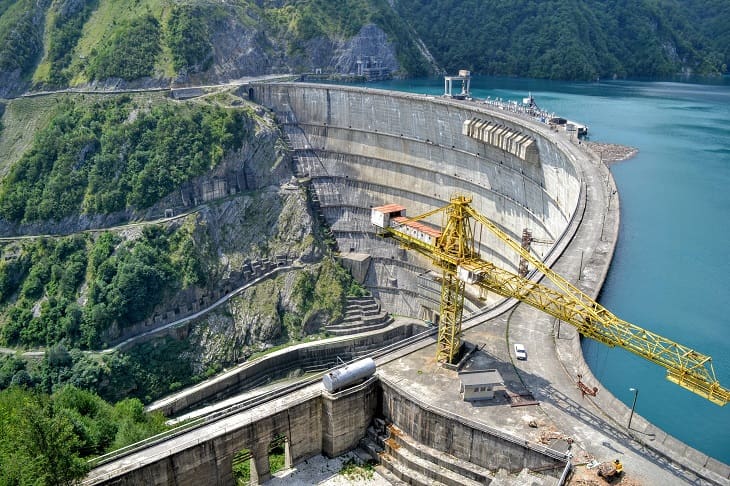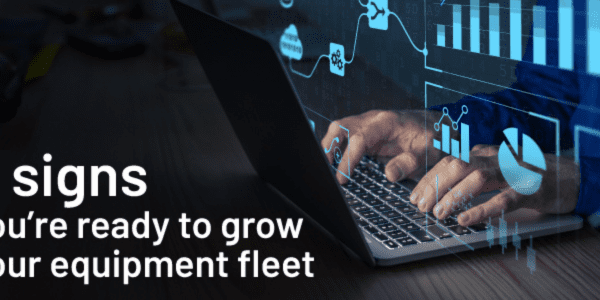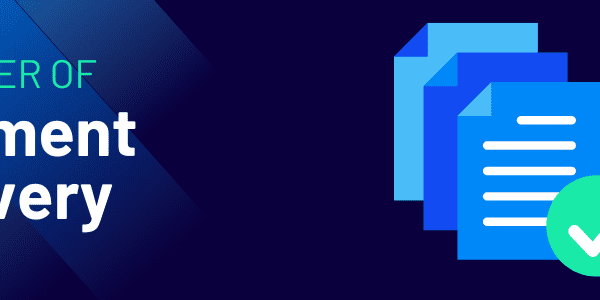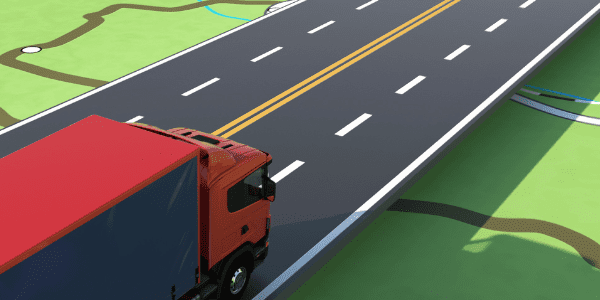
Crane rental software to manage the 8 steps of a successful crane rental process
The first time I visited a crane company I was amazed at the complexity of the rental process. Unlike renting a small tool or even something larger like an excavator there are so many component processes to a crane rental. Managing to track all of them in real time, in your ERP system is difficult. Many crane companies have to rely on whiteboards, third-party systems, and excel spreadsheets to keep track. At Wynne, we have been working with Crane companies in the UK for the last 20 years to ensure that every step of the process can be tracked in real-time within the ERP and in the field via mobile apps.
1. Capturing the Crane Rental Quote/Order
Capturing the details of a quote/order for a crane rental can be complicated:
- Are you charging a job price or time and materials?
- Do you need a supplementary crane to assist in the erection of the main crane?
- How many different types of labor do you need and are they needed for the full duration of the rental, or just during the build or dis-assembly phases?
- Are there special rates that need to be taken into account based on union rules or job-site location?
- Do you have the right capacity of crane available or are you willing to send out an alternative – a 50 ton acting as a 40 ton for example?
- Do you need a site visit by a qualified or appropriate member of your team before you can quote for the correct crane capacity?
- Have you considered all the ancillary components such as jibs, mats, man-baskets that need to go out with your crane?
These are all factors that not only improve the accuracy of your quote but also should feed into every other step of your process. The quote or the order creates the demand, so getting the information accurate up-front matters. Wynne has worked to ensure all the significant data can be captured at the beginning so that the information can flow to the rest of your business.
2. Loading the Necessary Crane Components
If your order is entered properly, then the list of what needs to be loaded and how many trucks you’ll need to deliver all your ancillary pieces from counter-weights to man baskets and mats should flow through from the order. This allows your team in the yard to pick the relevant items on mobile devices to save time and energy and allows you to keep track of the ancillary equipment which quickly eats into your profit margins if it goes missing.
Loads don’t necessarily have to come from the same location. If you’re supplying a 250T crane from location A, it’s quite possible that the ancillary crane to help in the build process might come from location B. Wynne crane rental software allows you to make sense of your logistics process. Not just what is needed, but where you fulfill that need from without any unnecessary creation of manual paperwork or losing track of too many moving pieces on a spreadsheet or a whiteboard.
3. Managing the Freight to Your Customer
You can track your trucks as well as your mobile cranes as separate moving pieces so that you can keep track of what has been loaded onto which truck, who is driving the truck and whether or not it has arrived. If you really want to capture accurate data, then we can take in feeds from GPS tracking devices to give not just you, but your customers, up-to-the-second information on delivery times. Even if you don’t want to go for the full technology option, you can still capture signatures on mobile devices to keep track of the delivery of each load, allowing you to ensure that all the relevant pieces are on site for the build phase as well as the operational phase.
If you’re using 3rd party transport or haulage then you can also tie in purchase orders to control costs and manage approvals if you wish.
4. Building Your Crane On-site
When it comes to the build phase, there are likely to be two components you need to track beyond the rental equipment itself. Ancillary cranes and equipment needed to erect the crane and the people component. For many crane rental companies the costs of these components are incorporated into the main rental charges, so as far as the customer is concerned they are all part of the overall price. However; in real terms, each of these elements has a cost. When it comes to both building and dis-assembly there are costs that need to be tracked and reviewed against the project as a whole.
Wynne RentalResult has full job-costing capabilities, so you can track all your costs against the overall job, even if you aren’t directly charging the customer for the build line items. If you charge a lump sum for the labor for the erection/build of the crane, then you can still track the detailed costs behind that number for overall accuracy and margin reporting. Your team involved in the build phase can still post time cards so that you know exactly how many hours they’ve worked.
5. Operate the Crane
Once your crane is on-site, erected and ready to start work (assuming you are providing labor for the operation) then you go into the slightly easier phase of keeping track of which operators, riggers, ironworkers, etc. are working on the crane. You will need to post timesheets and bill the customer for the operation of the crane. Crane rental software needs to keep track of every timesheet and invoice to ensure that no charges are missed. You can easily run reports on contracts on rent with missing time-sheets or conversely people with no timesheets to quickly identify problems and rectify them without holding up your billing runs.
Crane operators can be swapped in and out of the job at any point using labor allocation screens. This gives you easy visibility of contracts that need new labor assignments and FTEs or operators without assigned work. Again, all your activity against the crane and the people are tracked in detail at a crane, person and job level giving you a wealth of reporting if required.
6. Dis-assembling the Crane
The contract or a request for pick up or dis-assembly triggers the relevant activity in the field. Just like the build phase, you can assign people, in advance or on-the-day, to disassemble the crane. You can track their time and costs and report on your overall costs to the main crane and job.
Because the crane rental software knows exactly what was delivered originally including all the ancillary items such as mats and man-baskets you can make sure that these pieces are tracked throughout the dis-assembly and freight process. Your drivers and operators can electronically confirm that they’ve picked everything up for the return to the yard and get signatures for accurate timing on job-site departures.
7. Freight back to the Yard
Just as in the freight to the customer, on the return journey you can track your trucks, your cranes, your ancillary items and manage both owned and 3rd party trucked activities. Freight costs to and from the job site can be tracked as separate charges to give you absolute accuracy on where your costs come in the process and the effect on the overall cost and margins.
8. Off-load the Crane
The final step from an operational perspective is off-loading all the gear at the point when you get back to the yard. This gives the system a final opportunity to remind and validate that everything that was sent out has come back. Rather than losing count of mats and pads, you can keep track of exactly what is lost and where and charge back to the customer if appropriate.
Damages can be noted, work orders automatically created to manage the parts and labor related to damage and these charges can be re-charged to the customer if appropriate. If the asset isn’t damaged then it will need a full off-rent inspection. Wynne’s crane rental software has a built-in asset workflow that will automatically keep track of the process and make sure nothing is forgotten.
Summary of Crane Rental Process
So why do you need a crane rental software to address all of these steps? What’s the advantage of tracking all your activities in a system rather than relying on paperwork, spreadsheets, and whiteboards? It provides information to better manage your processes and increase your crane rental ROI. If you have an accurate picture of not just your main cranes but also your support cranes it helps your salespeople make better decisions when they are talking to customers. If you can track your ancillary equipment properly then there are more opportunities for value sales, and fewer opportunities to leave your profit hidden in the mud because you don’t pick up your ancillaries from the job site.
Tracking your process translates to better visibility of your margins, your project profitability and it feeds back to your crane rental ROI.
Learn more about Wynne’s Crane Rental Software.





